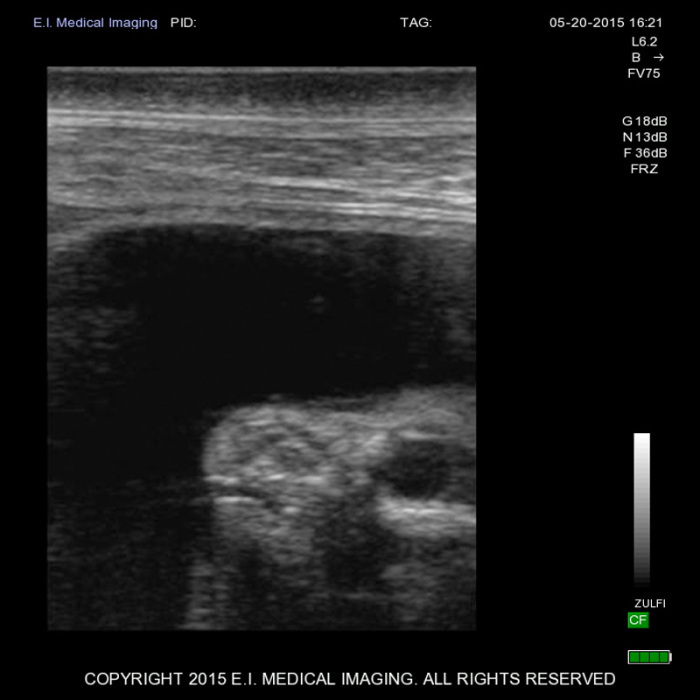We are delighted to share the incredibly exciting news from our partners at the International Rhino Foundation that Sumatran rhino, Ratu, is pregnant with her second calf at the Sumatran Rhino Sanctuary. Ratu is expected to give birth in May 2016 after successfully mating with Andalas earlier this year.
Ratu, who wandered out of the rainforest in 2005, lives with four other rhinos at the Sumatran Rhino Sanctuary in Indonesia’s Way Kambas National Park. Ratu’s first calf, named Andatu (pictured below), was born at the Sanctuary in June 2012. Andatu was also fathered by Andalas, who was born at Cincinnati Zoo and moved to Indonesia from Los Angeles Zoo in 2007.
Sumatran rhinos are critically endangered with fewer than 100 individuals estimated to survive. Every Sumatran rhino birth is an important milestone for the recovery of the species. Sumatran rhinos are now considered extinct in Malaysia, meaning that the focus for the future survival of the species lies with Indonesia. Ratu’s pregnancy gives new hope for the future survival of Sumatran rhinos.
Sumatran rhinos are incredibly difficult to breed. Only four Sumatran rhinos have been born at breeding facilities; one at the Sumatran Rhino Sanctuary and three at Cincinnati Zoo. The birth of Andatu in 2012 made history as the first Sumatran rhino birth at a breeding centre in Indonesia. The last Sumatran rhino in the United States, Andalas’ brother ‘Harapan,’ will be moved from the Cincinnati Zoo to the Sanctuary later this year.
Sumatran rhino pregnancies last around 16 months, and newborn calves generally weight between 50-60 pounds. Reproductive specialists confirm that ultrasound images of the developing calf show that the pregnancy is progressing normally.
Pictured top is Ratu’s fetus is at 117 days old. In this stage of development, the fetus is much larger than an embryo. In the lower right corner of the image, you can clearly see the calf’s head. This is a profile view, and the circular dark spot is the fetus’ eye. To the left of the eye, you can see its nose and mouth.. Scan courtesy of Yayasan Badak Indonesia.
The Sumatran Rhino Sanctuary was built in 1996 by the IRF and is operated in partnership with the Rhino Foundation of Indonesia and the Ministry. The IRF also helps manage 13 Rhino Protection Units, in partnership with the Rhino Foundation of Indonesia., which patrol wild Sumatran rhino habitat. Save the Rhino collaborates with the IRF, providing funding support to assist with the conservation of Sumatran rhinos.
Donate to the Sumatran Rhino Sanctuary.
Photo credit Dedi Candra









